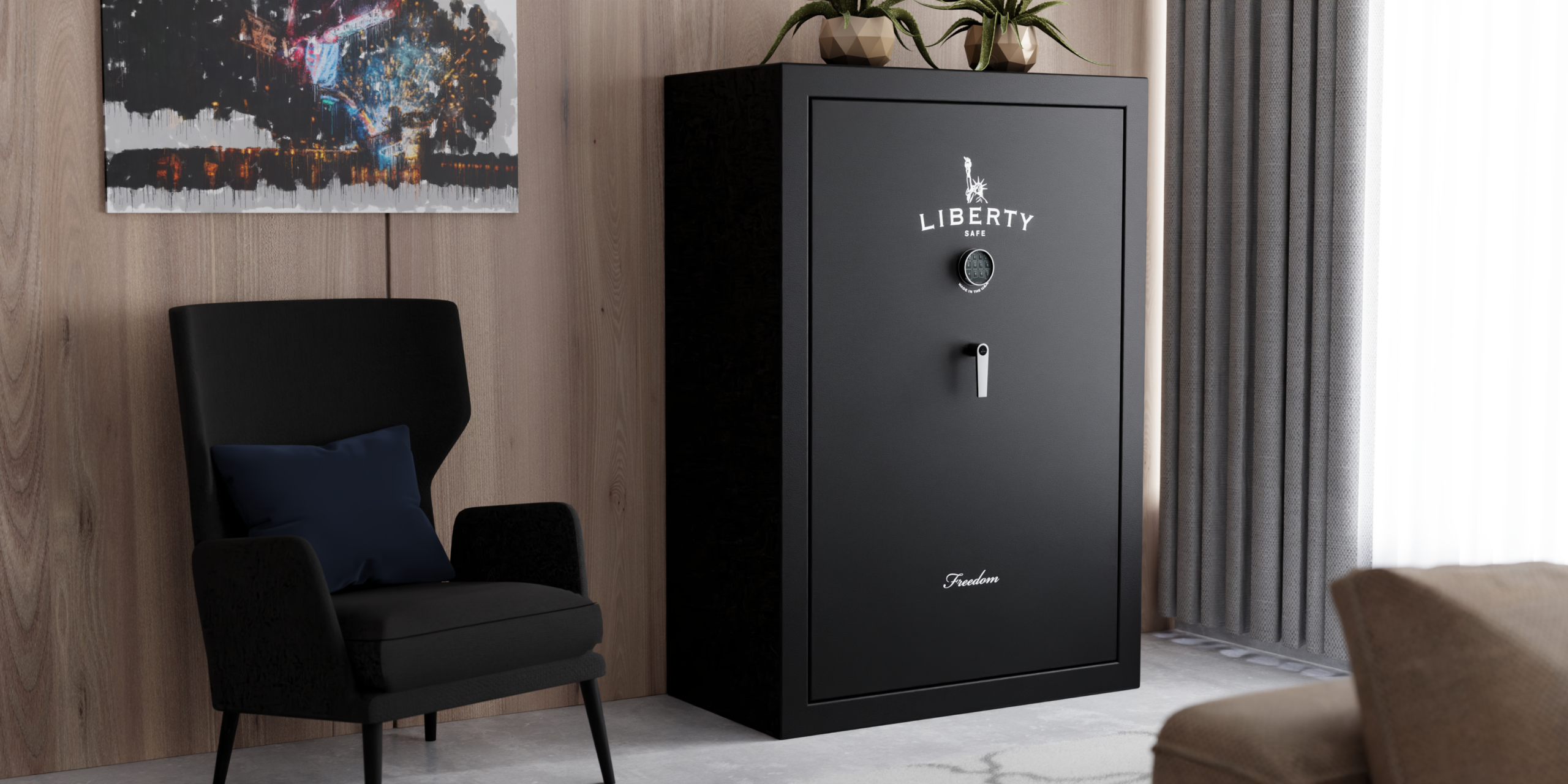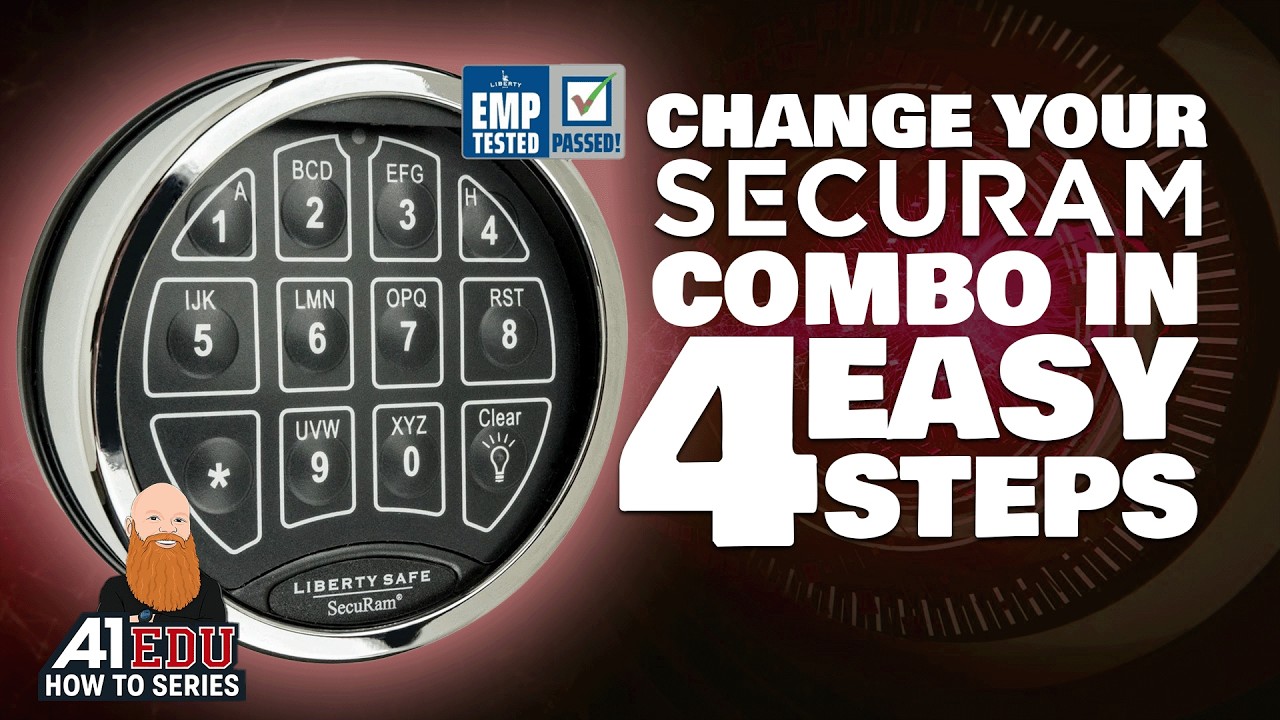Locksmith combination locks are very familiar. We all remember them from our time in high school, the padlocks we had to attach to our gym lockers to secure our belongings. For many of us, it was a right of passage, perhaps the first time we had to learn to use a combination lock. For others the experience with locksmith combinations might have begun earlier, perhaps in middle school or maybe as early as elementary school. We all remember that first experience though, for it represented a coming of age. Perhaps the experience still replays itself in our head, the teacher demonstrating how to open the lock. “First, you turn to the right, going past the first number two times….”
But while we might remember the experience with the locks, we might have never come to understand exactly how a combination lock does its job. The locksmith combination lock has had a storied history, with some versions being recorded as early at the thirteenth century. The simplest version, which is often used in conjunction with a chain to lock-up bikes, is the locksmith multiple dial locks. These devices work as the result of rotating discs into which notches are cut. The notches on the inside of the rotating discs line up with pins when the numbers are aligned in the correct sequence, and once all the numbers are aligned, the lock can open. The combination padlocks we are all familiar with are slightly different than multiple dial locks, and are, in fact, called single dial locks. Single dial locks utilize several parallel discs, also called cams, that are directly behind the front dial, and are usually held in place with spring tension. These cams each have a cut or notch that aligns with a tooth when the dial is turned to the correct number. Typically, the first cam is aligned by turning the dial to the right a prescribed number of turns; the second cam by turning to the left, usually one full turn, to the designated number; the third by turning to the right again. Once the third number on the dial is reached, and the cams are all aligned, the hasp is released, and the lock opens. All these inner workings of a simple combination lock occur without our knowledge, and we don’t normally think about the internal minutia required to open a lock. We take for granted the beautiful simplicity inherent in the lock and the complex machinations that were required to help protect our belongings. Fortunately, the locksmith professionals who designed the locks—and locksmith techs who can service them—have a much clearer understanding of such mechanical properties. Then all we have to do is spin the dial.
For all your locksmith needs, A-1 Locksmith is available 24-hours a day, seven days a week. A-1 Locksmith – 2685 Walnut Hill Lane, Dallas, TX 75229 – (972)284-7500. Available 24/7 at 972-284-7500.















